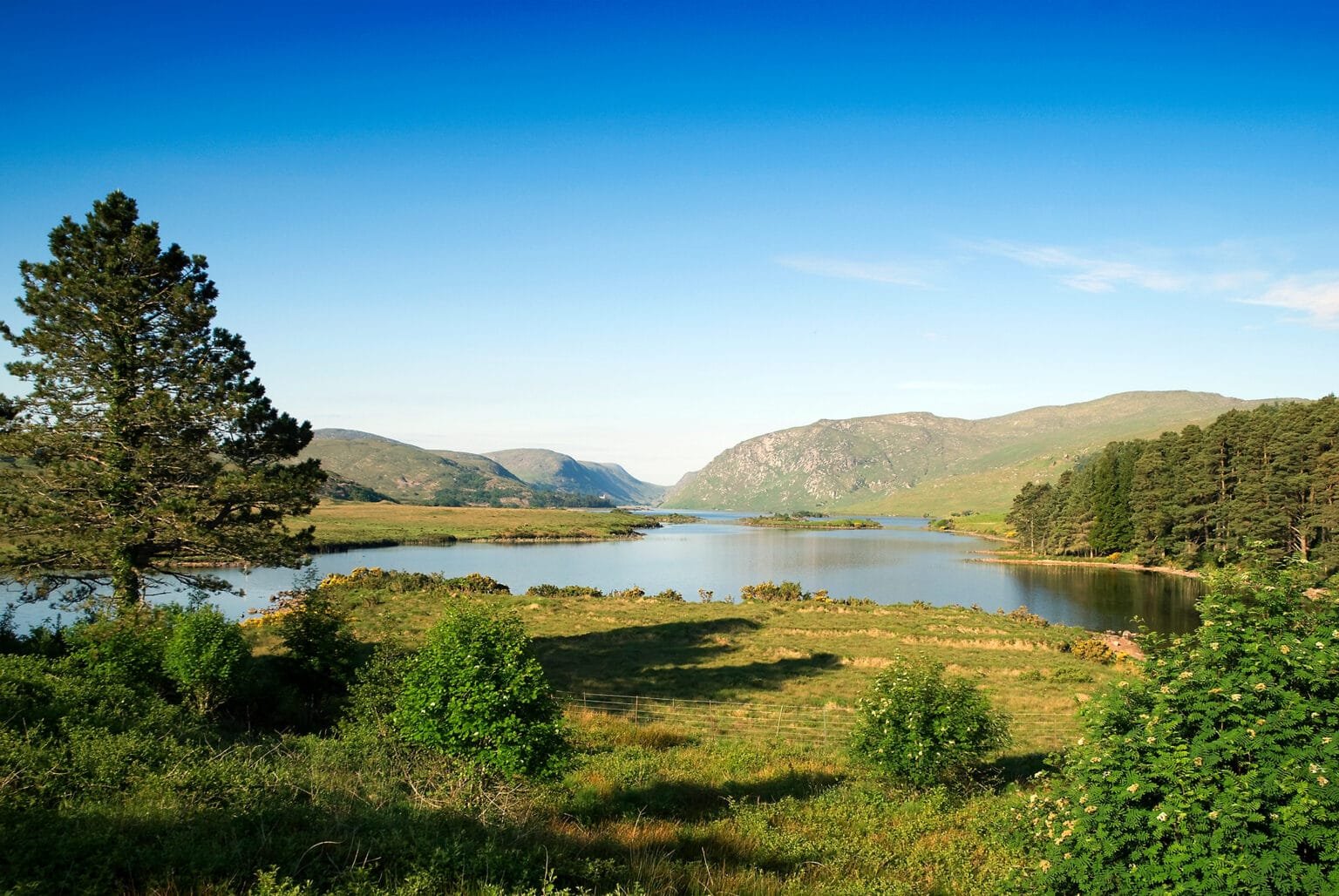The Nuneaton Arts Council was founded in 1969 by a group of local arts devotees who noted the continuing demise of other venues in Nuneaton.
They saw the need to provide a focal point for all aspects of arts, and so the Abbey Theatre was converted from what was until then a Territorial Army drill hall.
Today the Abbey is a thriving venue with over 35,000 people passing through its doors in 2016 to attend 160 performances.


